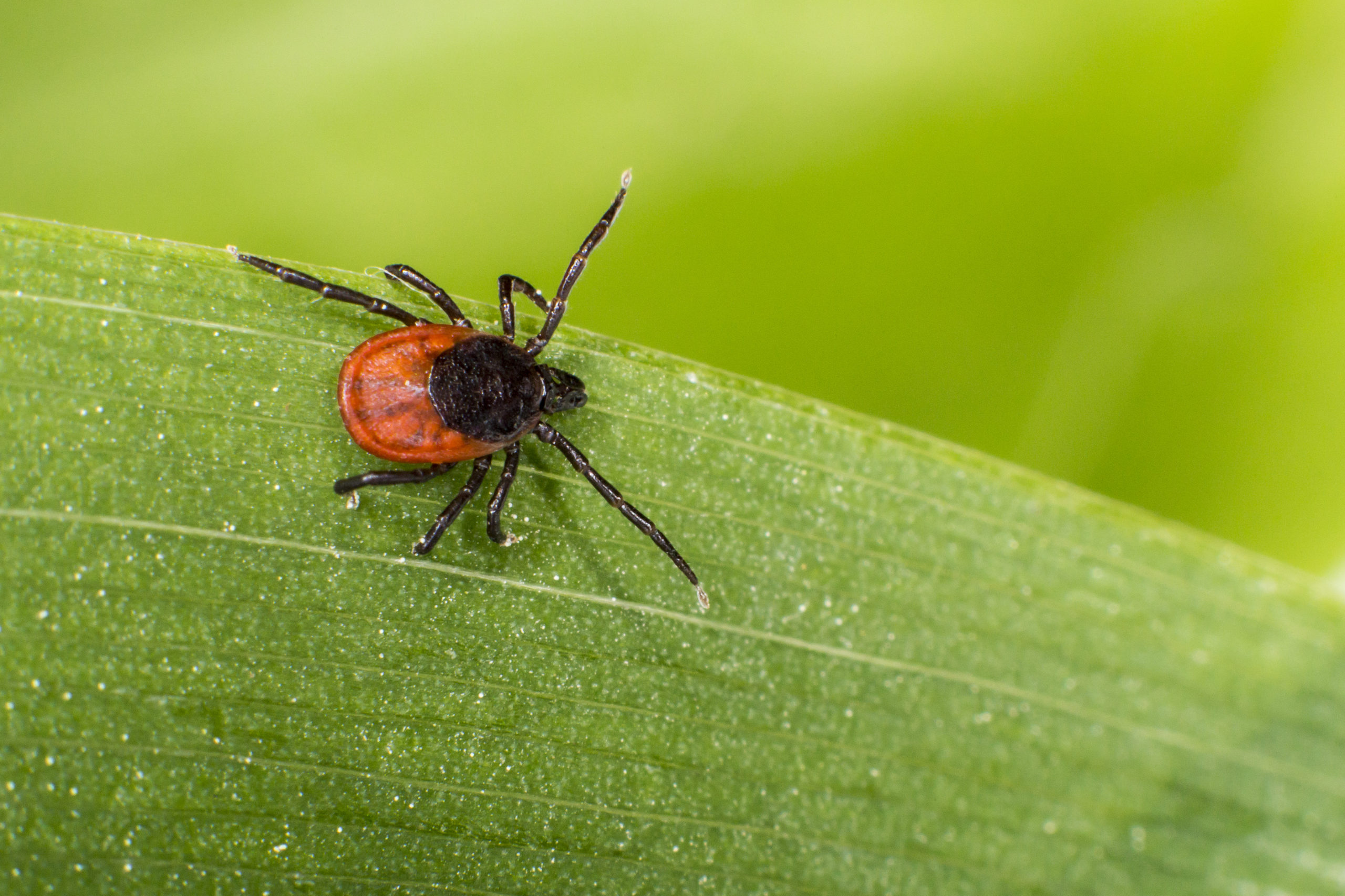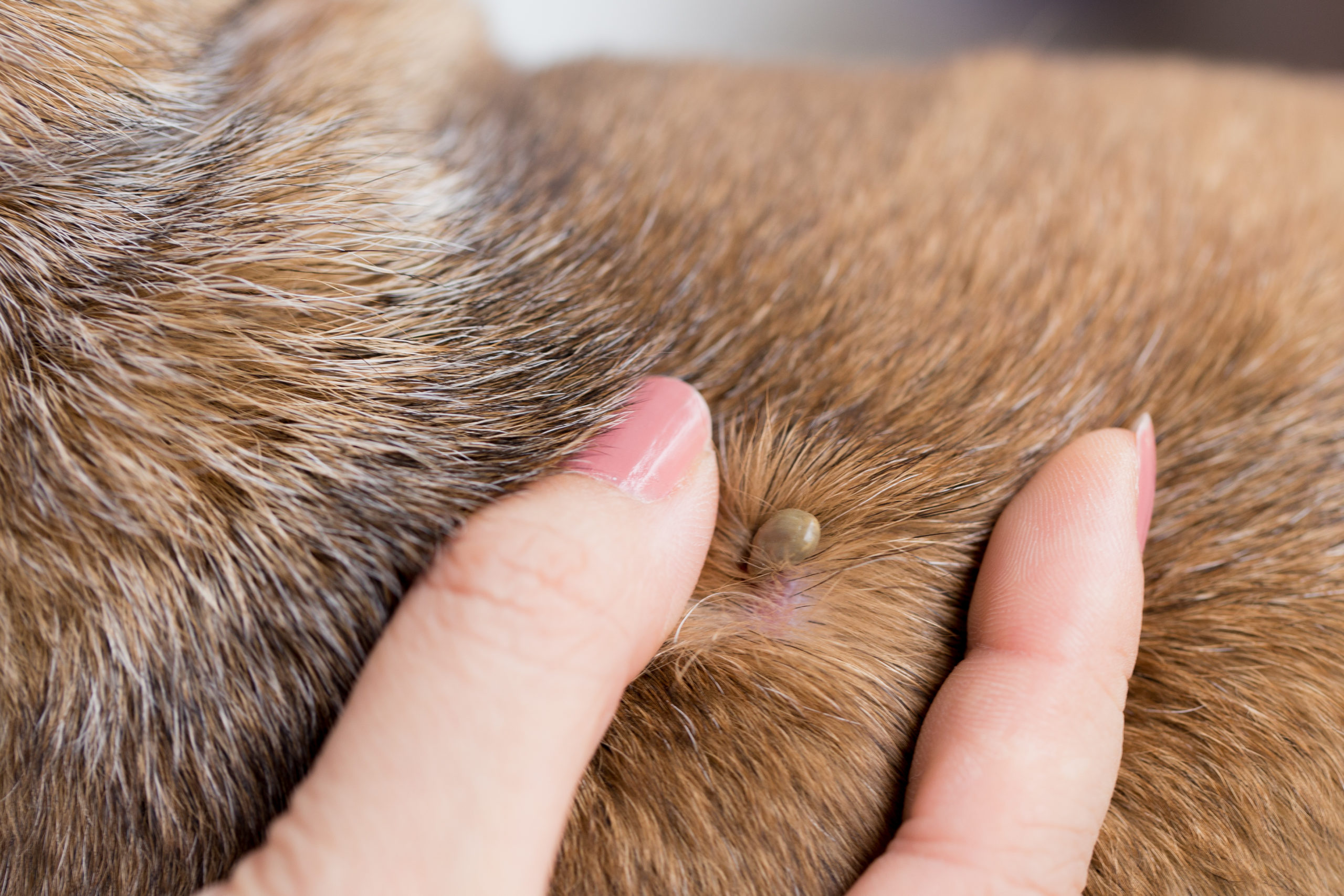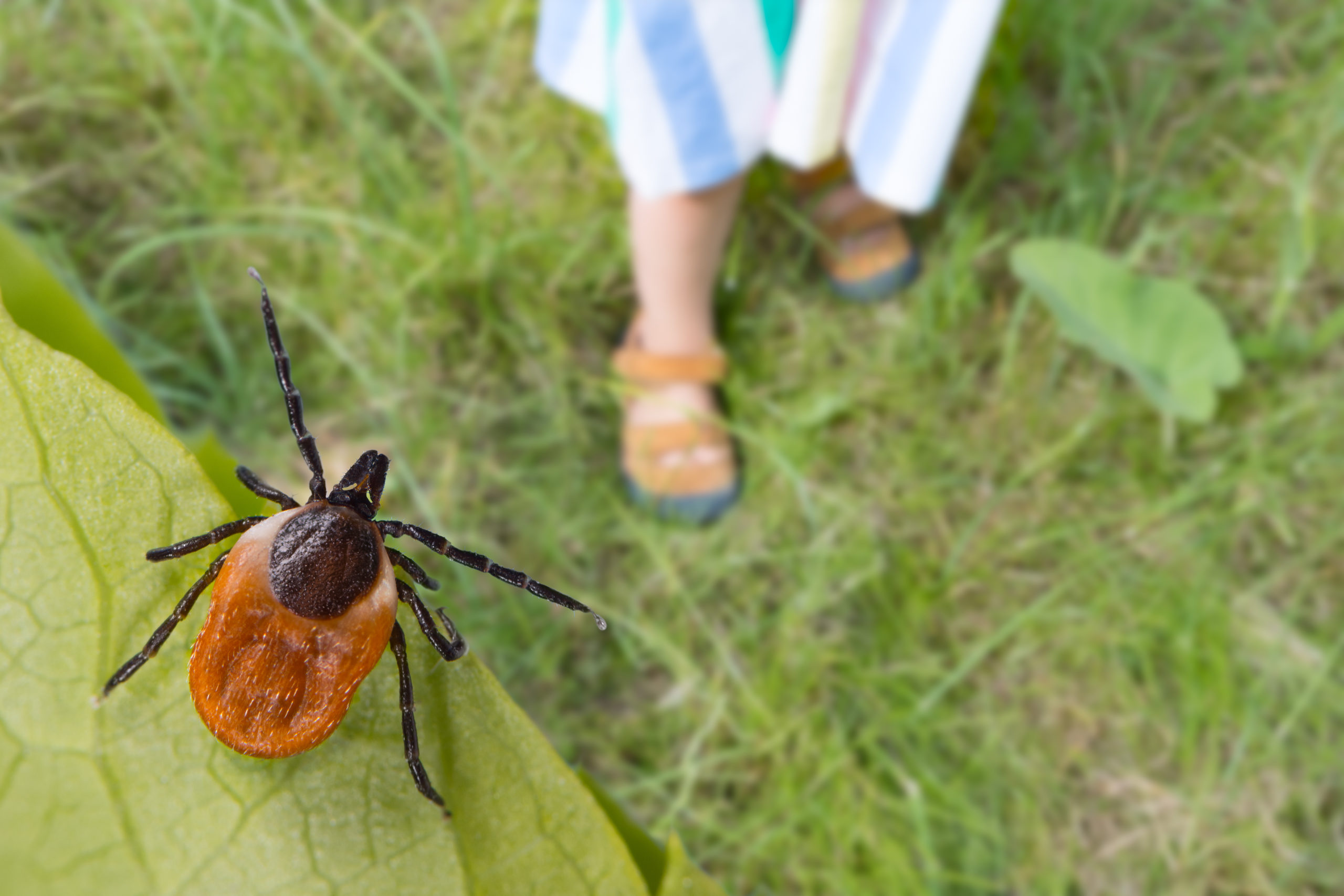The Troublesome Lives of Ticks
The Troublesome Lives of Ticks
The weather is gradually warming up finally, which means that we can start spending more time outside, going for walks, and enjoying the blooming flowers. But one of the unfortunate parts of warm weather is the abundance of a new generation of pests. Some of them are more dangerous than others, either by the damage they can cause to our buildings or the bacteria and disease that they spread wherever they go. The tick is in the latter category, and it is not an insect you ever want near you or your pet. But this raises many questions, including do ticks affect humans in the same way that they affect animals? Let’s find out!
What Do Ticks Even Do?

It’s easy to forget that ticks exist until one happens to latch onto you or someone in your home. They don’t like to hang around our homes for the most part, so we don’t see them as much as other pests, like ants or wasps. These blood-sucking parasites are subjectively ugly and only cause trouble for mammals. Adult ticks can live up to three years without eating blood, so they don’t need to be on a host every day. In fact, they spend most of their lives existing off of a host!
Here’s how they operate. Ticks live in tall grass, shrubs, and wooded areas, waiting for a warm-blooded host to unknowingly pass by. The tick will then attach to a human or animal by sinking its mouth into the skin and using a sticky saliva substance to make sure it is completely adhered. It likes to stay near the neck under the skin, with its head completely buried inside. It then feeds upon the blood, becoming larger and more swollen with every gulp. If you’ve heard the saying “fat as a tick,” you can imagine how big these insects get when they’re full. Ticks will stay on a host from three to four days, provided it is not removed before then. Once the tick has had its fill of blood, it will detach from the host and go back to the wilderness to digest it for several months. It will also shed its skin during this time. The tick will repeat the process a few more times in its life, which is how it spread diseases to its hosts. But more on that later.
Ticks are very small and grey in color until they feed, which is how they become swollen and darker. There are many different diseases and issues they bring to their hosts, since it is all transferred through their mouths and not through any kind of airborne situation. One issue that it can bring is anemia if they consume enough blood from the mammal. Some of the most frequent diseases that they can spread are lyme disease and Rocky Mountain spotted fever. The first sign that you or a pet has been bitten by a tick is a red and irritated spot typically near the neck. Each disease has different specific symptoms the longer they go untreated, but they start out seemingly the same. Lyme disease is equally dangerous in both pets and people. In people, it can start as a flu and rash combination, then develop into chronic brain, heart, or joint conditions if it is not treated. In pets, it will likely turn into arthritis and joint swelling that leaves the pet unable to move very well. Rocky Mountain spotted fever has the dangerous combination of fever and lameness, and can also be detrimental if left untreated. If you believe that you or someone in your home has been bitten, seek medical attention immediately. Take your pet to the vet if they seem to be moving slower and less often than normal. These diseases can be treated, but it is much better to catch them in the early stages than later on.
How Can They Transfer Hosts?

So now we know that both pets and humans can be bitten by ticks, and are susceptible to diseases transmitted by their bites. But how do ticks transfer hosts? The clear answer is by crawling from the grass or wherever the tick is hiding, since it goes away to digest in between hosts. But there are a couple of myths about how they do this. Ticks don’t jump between hosts, and they don’t fall from trees. This is good since that is a terrifying thought to have as you walk under the umbrella of leafy trees. Ticks tend to stay on or near the ground, hiding within thick plants until they find a suitable host. Then they crawl over or travel up the plant and latch on to the mammal that way. The easiest way is when we or our pets walk through the tall grass, which is where the ticks are waiting. If you are on a walk and feel like you have been bitten by a tick, do not pull it off right there! By pulling it off with your fingers, it will likely leave the tick’s head still attached to the skin. This means that it can still transmit disease even if its body is now detached. Some female ticks also transmit a toxin that can cause paralysis in the host, so it is very important to properly remove the tick and all of its disease-ridden parts. The tick won’t jump from your pet to you or vice versa, so any tick found on either one of you came straight from the shrubbery that someone walked through.
The two common kinds of ticks that we come across are deer ticks and dog ticks. Despite their names, these species do not stick to the animal that they are associated with. Deer ticks stay in wooded areas and live for about two years. They feed off of multiple hosts and stay on one for five days. Deer ticks start small with a host, like a rat, and work their way up to a human if possible, which is how the dangerous diseases spread. Conversely, dog ticks live near homes and avoid areas with trees. They are twice the size of deer ticks and spread all kinds of diseases except for Lyme. They mainly feed in the spring and summer. No matter what kind of tick it is, it’s important to take caution in warmer weather when going on walks is the norm.
Who is at a Higher Risk of Getting a Tick?

Since we now know that both humans and pets are attractive to ticks (not in a good way), we should see who is more likely to be bitten. The general principle is that if you have a cat or dog that goes outside at all, you are at a higher risk of a tick latching on to one of you. This does not mean that every single pet-owner or pet will have a tick at some point. But it is just a matter of cause-and-effect. If a pet and its owner go outside where there are plants, then they are more at risk of being bitten than someone who doesn’t have any pets. Pets who share a bed or living area with you are also at risk of bringing a tick into the home. The risk is heightened if your family likes to go for walks in wooded areas. If you are on a hiking trail, it is crucial to stay on the path as much as possible. Straying off into the tall grass is a recipe for disaster. This is the same for pets, so try to lead your furry friend down the beaten path since that is a good thing in this case.
You may be wondering about tick treatments at this point. If there are treatments in place, doesn’t that mean we’re good? Maybe not, unfortunately. Scientific studies have shown that the risk of tick encounters is the same whether or not you have been using tick treatment. Since the treatments target attached ticks, they do not solve the problem of ticks lurking in your shrubbery outside. There are other factors in landscaping that could attract ticks and make the risk even higher. These include a vegetable garden, firewood pile, bird feeder, compost pile, play equipment, and a stone wall. Ticks like to hide in areas that they know will likely bring a warm-blooded host their way, which is the case with all of these. So tick treatments are not a bad thing. They just won’t eradicate every tick in the area, especially if they aren’t attached to a host.
How Do I Prevent or Treat Ticks?

This is the million-dollar question after reading all of these scary facts about ticks. Like we said earlier, tick treatments do work. But they are only effective against latched ticks, so they should only be used when someone in your family has one actually on them. Besides that, there are some preventative measures you can take.
Wear clothing that completely covers your arms and legs if you go for a walk in taller or thicker shrubbery. Use bug spray that says it is effective against ticks. If you have a cat or dog, check them frequently for ticks. Feel around their neck for any kind of bump that isn’t normal. If you feel your pet is especially at risk, ask your vet for recommendations of products. They will know your specific region and pet’s health, so they can give accurate recommendations that will actually work. If you live near a wooded area, try putting a barrier between your yard and the woods. Wood chips and gravel are a couple of materials that should do the trick in keeping ticks from crawling up to your front door. If you do find an actual tick on you or someone else, it is possible to carefully remove it at home. Use tweezers to lift the tick straight out and completely clean the skin and tweezers afterward. Keep an eye out for any symptoms over the next few days, and go to the doctor immediately if any begin to develop.
In addition to all of these tips, pest control may also be a great option. Ticks are not the type of pest to have a massive infestation, but they are dangerous and should be treated before it’s too late. The treatments that we use are effective against all kinds of pests, which means that your plants are less likely to house pesky insects and you can finally enjoy a pest-free spring and summer.
Citations
Cameron, Dr. D. (2021, June 18). Can you get ticks from pests? Daniel Cameron M.D. Available at https://danielcameronmd.com/risk-tick-bite-pet-owners/ (Accessed on April 26, 2022).
Can humans be affected by the transfer of ticks from domestic animals? (2018, July 19). The Mewes Vets. Retrieved April 26, 2022, from https://themewesvets.co.uk/blog/post-215-can-humans-be-affected-by-the-transfer-of-ticks-from-domestic-animals/
Meng, A. (2017, October). Pet ownership increases risk of tick exposure. The Nation’s Health. Available at https://www.thenationshealth.org/content/47/8/E40 (Accessed on April 26, 2022).
Silver, N. (2021, January 20). Dog tick vs. deer tick: What’s the difference? Healthline. Available at https://www.healthline.com/health/dog-tick-vs-deer-tick (Accessed on April 26, 2022).
Ticks. (n.d.). Pets & Parasites. Retrieved April 26, 2022, from https://www.petsandparasites.org/dog-owners/ticks/
Request a Free Quote Today
(We do not share your data with anybody, and only use it for its intended purpose)
